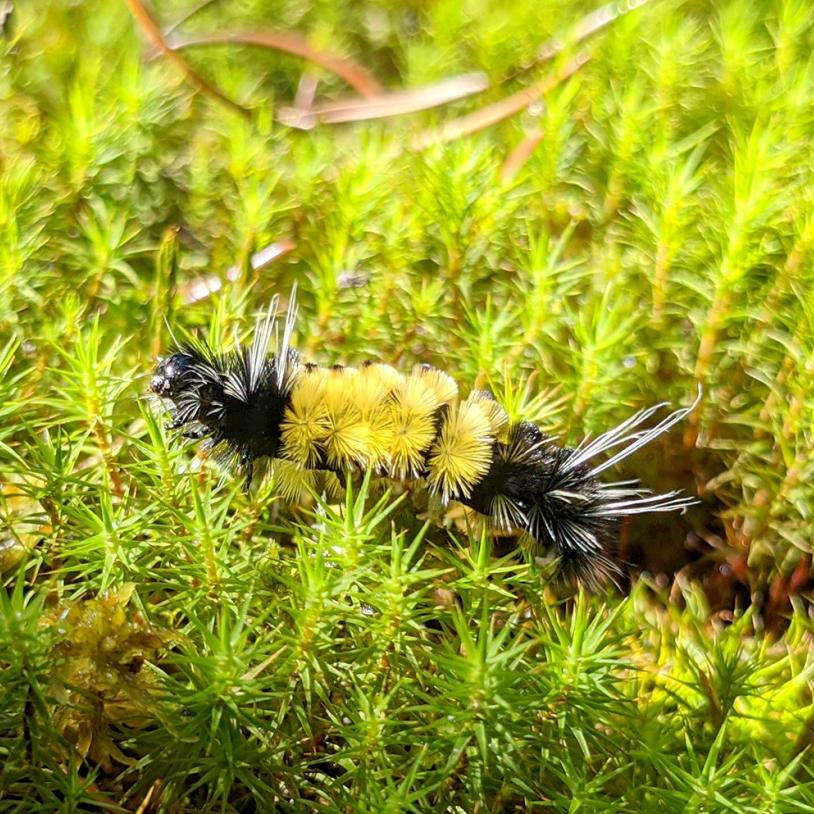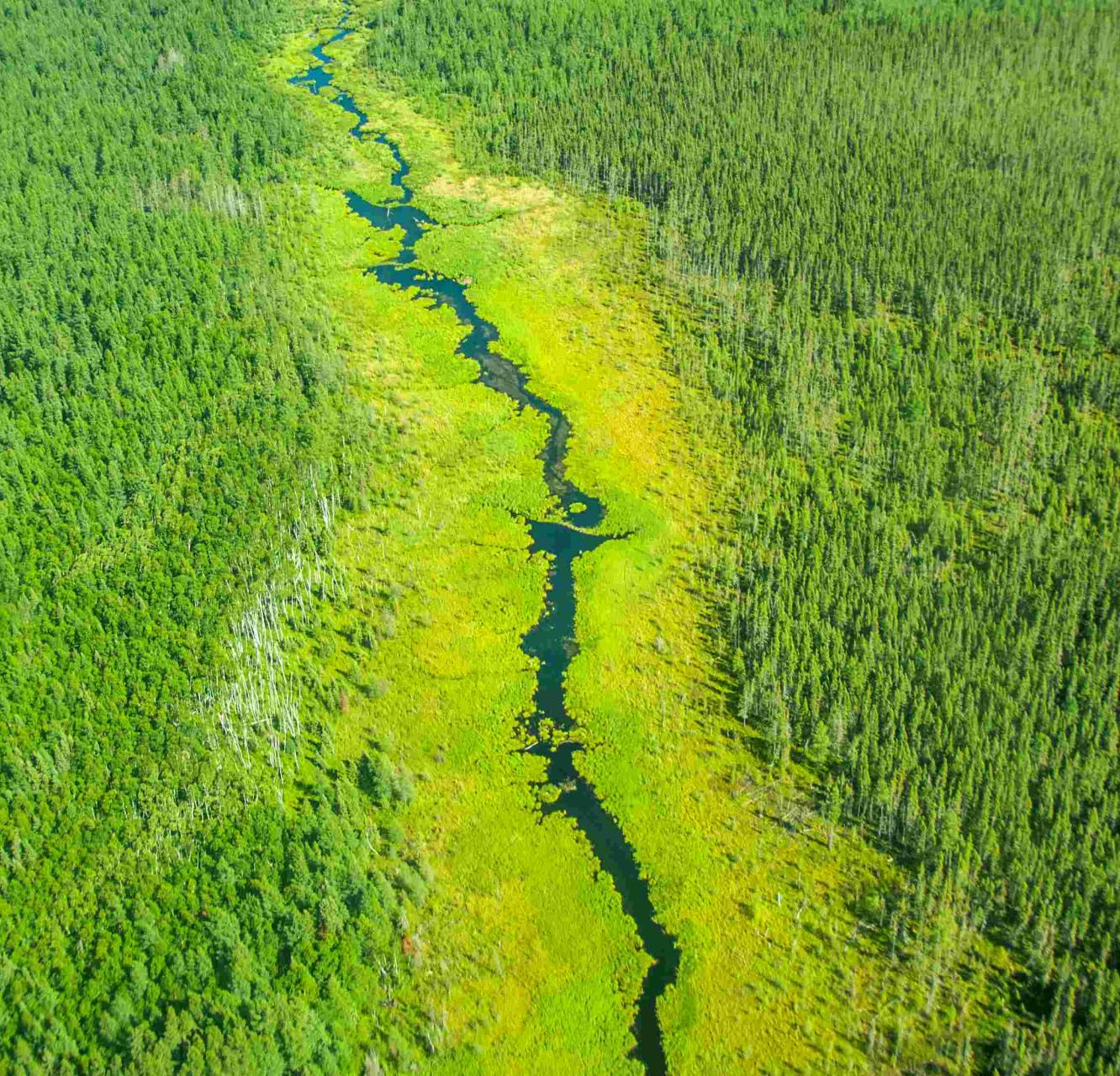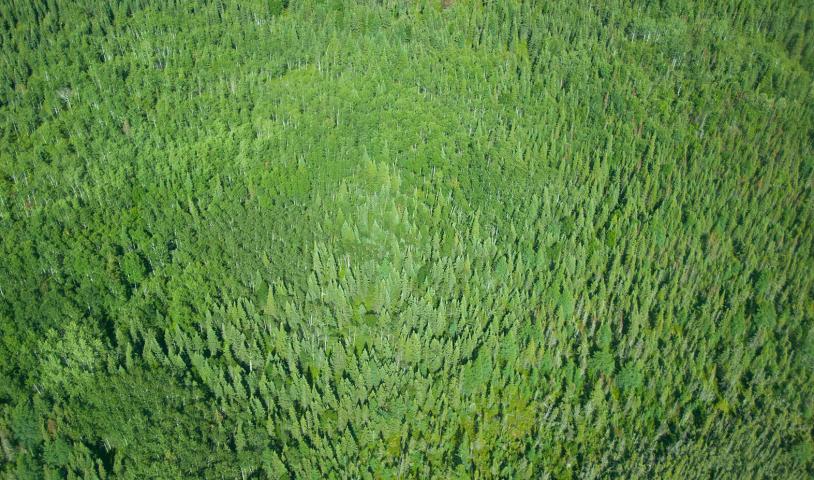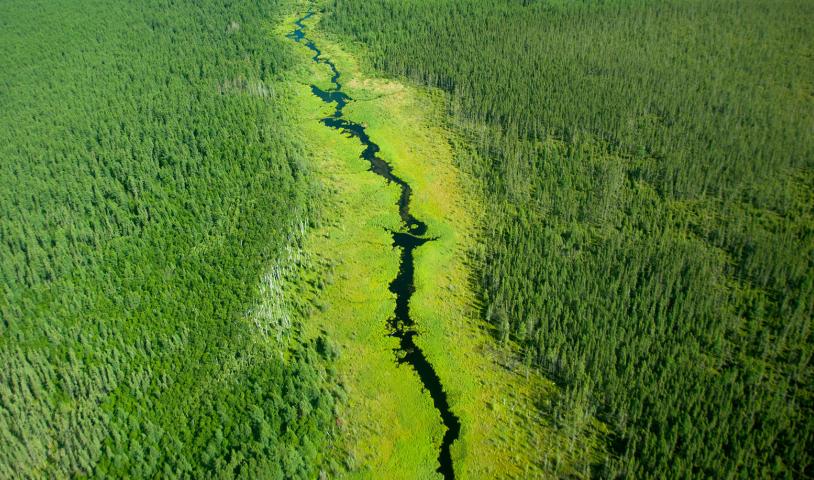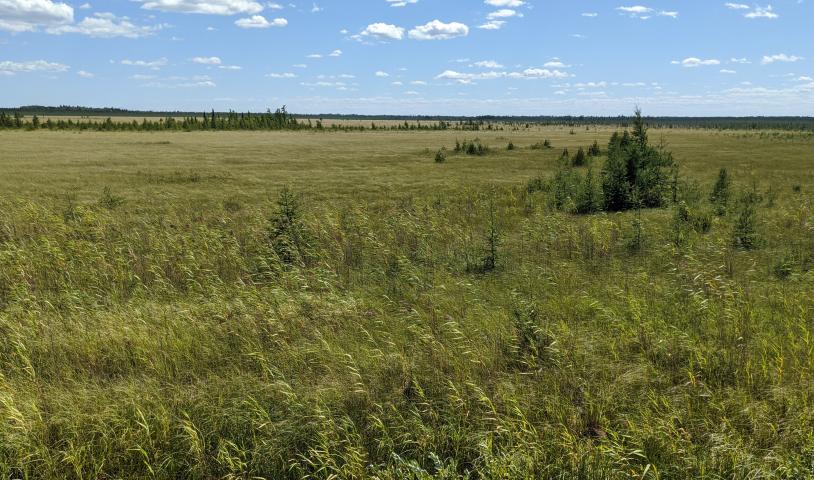The perils of peat mining ‑ Environmental threats linked to peat moss mining, experts say
Thursday, November 8, 2012Peat moss mining has moved into our provincial parks. North America’s largest peat producer, Sun Gro Horticulture, is proposing a 531-hectare mine in Hecla/Grindstone Provincial Park, a two-hour drive north of Winnipeg.
In Manitoba 184 peat quarry leases have been granted, which means more than 30,000 hectares of peat land could potentially be subject to peat mining—almost twice as much as the peat land currently in production across Canada, according to Manitoba Government sources.
“Many of these peat bogs take centuries to be generated and in 25 years, a bog can be completely mined—once it’s gone, it’s gone,” said conservation biologist Heather Hinam, PhD. “If it were sustainable, you wouldn’t have to dig a new hole.”
Peat bogs are crucial to the boreal forest ecosystem; they are often nicknamed “natures kidneys” by ecologists because of the vital role they play in naturally filtering and cleansing the watershed.
Manitoba peat bogs filter mineral contaminants such as phosphate fertilizers that run-off from farmland and are eventually deposited in Lake Winnipeg.
Commercial fishermen in Gimli have seen an impressive fish stock increase in the last couple years. This condition – which is called hypoxic – is caused by excessive nutrients (phosphates) in the water and stimulates algae blooms that provide an abundant food source for fish.
This might seem like a great deal for fisherman, but there is another side to this equation. When the blooms of phytoplankton eventually die, bacteria then consume the organic matter; this process takes an immense amount of oxygen from the lake, essentially leaving no oxygen for living organisms in the ecosystem.
This lack of oxygen creates what is known as a “dead-zone”, and when this occurs, the population of aquatic organisms drops drastically. This is happening right now in some parts of Lake Winnipeg.
“If you have a lot of algae decay at the bottom of the lake you will de-oxygenate the water. If you do that you will create a habitat that is not good for a lot of fish,” said Greg McCullough, PhD.
The immense release of greenhouse gasses is another environmental threat linked to peat moss extraction. According to the Manitoba Eco Network, the northern peat lands of Manitoba are estimated to store 320 billion metric tons of carbon, which is roughly half of what the atmosphere contains.
You can guess what happens to this stored carbon when mining begins.
“Peat is so rich in carbon as soon as you begin mining it, the peat begins to decompose and releases carbon into the atmosphere, that’s the biggest issue with peat,” said Eric Reder, [Manitoba Campaign Director of the Wilderness Committee]*.
Alternatives to peat moss exist, and could help alleviate problematic nutrient loading in Manitoba’s neglected Lake Winnipeg.
“I would support a ban on peat mines, I don’t see the need for it, there are alternatives. It’s really not worth the devastation,” said Hinam.
*corrected from article text
